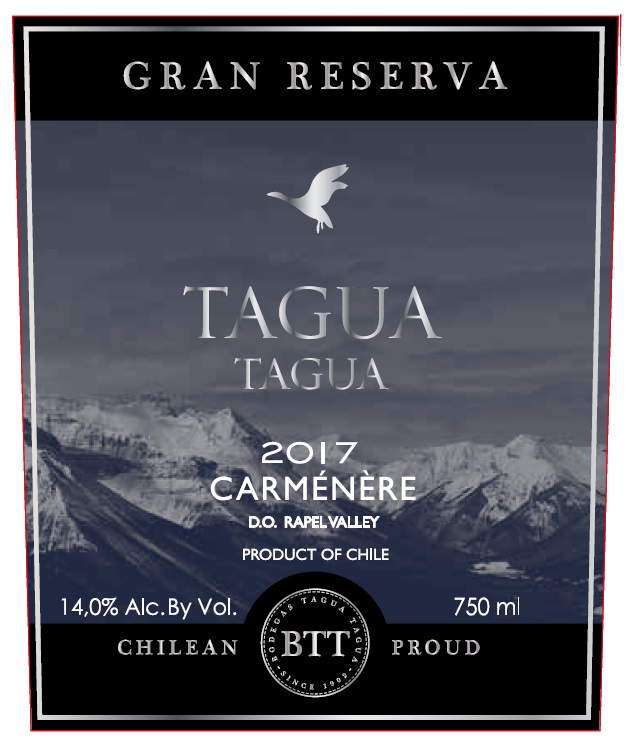2017 Rapel Valley Carmenere
The Tagua Tagua Carménère Gran Reserva is a stunning red wine from the illustrious Rapel Valley, captivating with its deep, ruby hue that hints at the richness within. This 2017 vintage beautifully showcases the Carménère varietal, known for its bold character. It presents a well-rounded mouthfeel with a full-bodied profile, complemented by high acidity that delivers a bright and lively experience. The fruit intensity is prominent, revealing layers of dark berries and ripe plum, while its tannins are notable, offering a structured backbone that enhances its overall complexity. With a dry finish, this wine embodies elegance and showcases the unique terroir of the Rapel Valley, making it a delightful choice for any occasion.
The Tagua Tagua Carménère Gran Reserva is a stunning red wine from the illustrious Rapel Valley, captivating with its deep, ruby hue that hints at the richness within. This 2017 vintage beautifully showcases the Carménère varietal, known for its bold character. It presents a well-rounded mouthfeel with a full-bodied profile, complemented by high acidity that delivers a bright and lively experience. The fruit intensity is prominent, revealing layers of dark berries and ripe plum, while its tannins are notable, offering a structured backbone that enhances its overall complexity. With a dry finish, this wine embodies elegance and showcases the unique terroir of the Rapel Valley, making it a delightful choice for any occasion.




